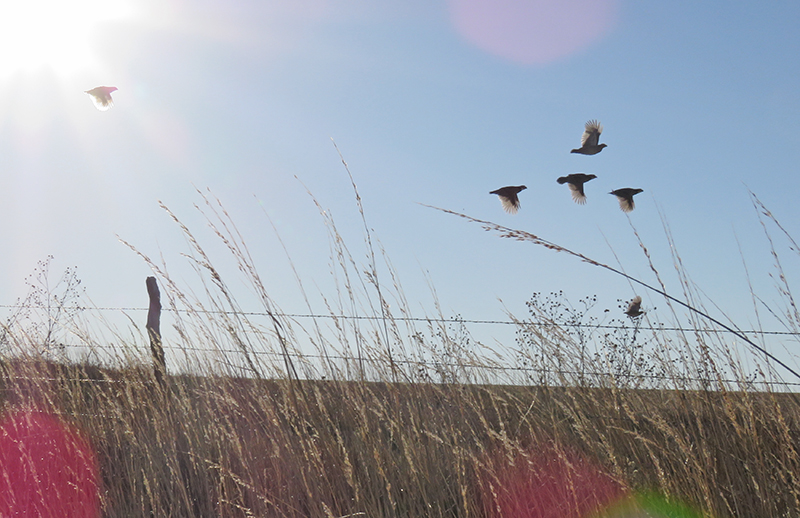
Around the age of 12 I went on my first bird shoot in the state of Ohio. One snowy, winter morning my dad and a few family friends drove to a local shooting preserve. I had just gotten my first shotgun for Christmas, a single-barrel break-action 410. We rode to fields of manicured milo separated in neat strips.
As I recall the guide unleashed a chiseled liver and white pointer into the field. I’d been instructed to not try and pet the dog for it had only a temperament for hunting and no time for the affections of a boy. Within the first 15 yards of walking that demon dog had locked down on a pheasant. It could have been a rooster or hen, I had no concept of any difference at the time. With coaxing from a well-placed foot the bird flushed from the snow and I shot my first game bird.
The rest of the day went much like this, though I’m not sure I cut another feather being new to moving targets and a bit overwhelmed by the intricacies of this pursuit. I know our group shot over 25 birds that day. After a steak dinner at the lodge I recall the guide swapping our shot birds for pristine, plucked and packaged pheasant ready for the freezer.
It was all amazing to me. How did I not know that walking a field with a dog could roust birds to shoot and then eat? The tractor treads in the fresh snow between strips never tipped me that these pen-raised birds had been seeded for the day. That may sound crazy, but at that point in life I’d only hunted varmints.
It’s pretty comical to consider how far the pendulum has now swung the opposite direction. I drive thousands of miles annually to dig up wild birds in the wildest places with dogs that crawl into my sleeping bag on cold nights. Cut my 12-year-old self some slack, maybe I wasn’t the brightest bulb. But it didn’t take too many years of pursuit of wild birds in Kansas in order to recognize the difference between shooting and bird hunting.
When birds are raised and released in an area for the sole purpose of being harvested, that’s not hunting. When the outcome is guaranteed, it’s not hunting. It simply cannot be by definition of the word hunt.
There is absolutely nothing wrong with game preserves and shooting pen-raised birds over dogs. Many state wildlife agencies east of the Mississippi even release birds on state lands to increase opportunities for bird hunters in areas where wild birds no longer thrive. It’s great practice, great for training dogs, great for introducing people to the sport and entertaining. But it’s not hunting.
The danger comes when game preserve outcomes are confused with hunting which downplays the struggles of wild birds. When large numbers of pen-raised birds can be shot just feet from trucks it skews perspectives on the density and prevalence of game birds. When the number of birds shot is limited only by the amount of money paid it can appear wasteful and bloodthirsty. When preserve seasons are longer and don’t coincide with wild bird seasons it can subvert regulations managing pursuit of wild birds. When one must kick a bird in order to prompt flight it distorts the challenge presented by wild birds that often outrun and outsmart dogs and flush wild hundreds of yards away.
When hens and rooster pheasant can be shot alike the skill of bird identification and selective harvest is nullified. And when species such as Chukar can be shot in places that don’t at all resemble their natural habitats – the rockiest, steepest, inhospitable high desert – it skews the difficulty and challenge many game bird species present which takes both training and conditioning to levels few hunters are willing to invest.
If you are shooting and sharing from a game preserve, my only hope is that you recognize the differences and identify your pursuit as such. Call it shooting. Call it training. Call them pen-raised birds. Certainly have fun but don’t feed misconceptions of the ill-informed (or goofy, doe-eyed teenagers). The advent and prevalence of social media can do wonderful things to promote our passion for chasing birds. It can also be a detriment by giving false views of what it means to be an upland hunter. The beauty and honor of this upland pursuit and the struggles of many upland species shouldn’t be undercut by pictures of piles of pen-raised birds.
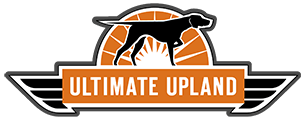
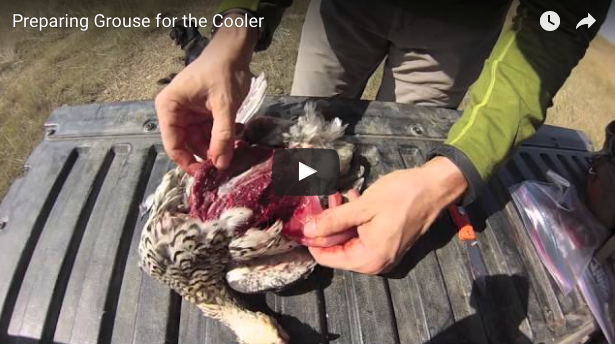
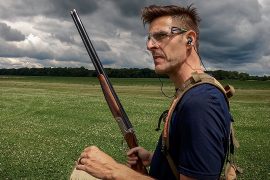
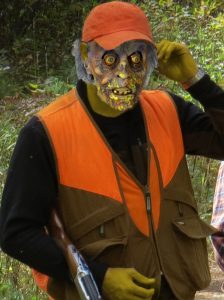
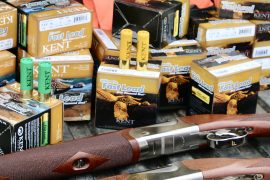
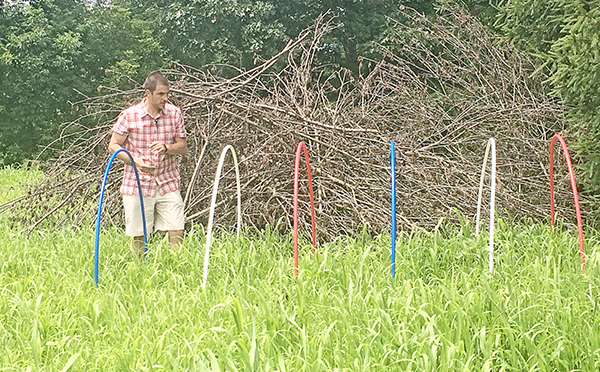
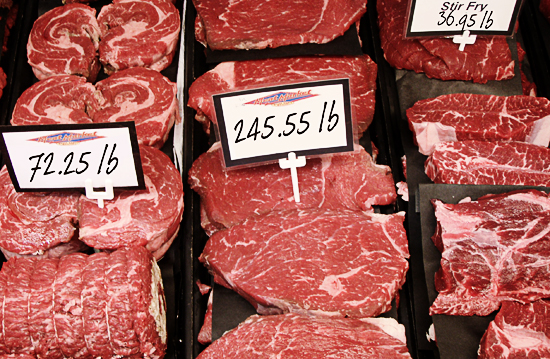
Great article!!
I know “high fences” and “put and shoots” have been around for a long time but in the current social environment where everyone wants it fast and easy, it seems that the art of the hunt is fading into those FB images with 5 guys standing behind a three-day limit of roosters. It sets false expectations and tragically hides the benefit of a 4 mile walk for a single rise.
Show me an image of a single wild rooster in the hands of a young hunter, next to family and dog, in front of an endless expanse of public land at sunset. That says something real.
Those other photos simply tell me you can pull the trigger.
So well said! More and more “hunters” don’t really hunt anymore. They don’t realize the blood, sweat and tears required to successfully hunt wild game. It’s even worse with big game, big money guides, high fences, etc…
Well said you should not confuse hunting with preserve. In Georgia unless you are ultra well healed that’s all you have. The preserves have come a long way on their birds they are much more challenging than they were 20 years ago. Great article.
Have hunted Georgia once, many years ago, intrigued by the extreme southern edge of Ruffed Grouse range. Certainly agree that there are a number of preserves that are working hard to replicate a wild hunt experience — when the focus is on the activity, the dog work, the camaraderie then those preserves are doing the sport more justice. But if the focus is pulling the trigger and piles of birds….. it’s an assault on my senses and the sanctity of the pursuit.